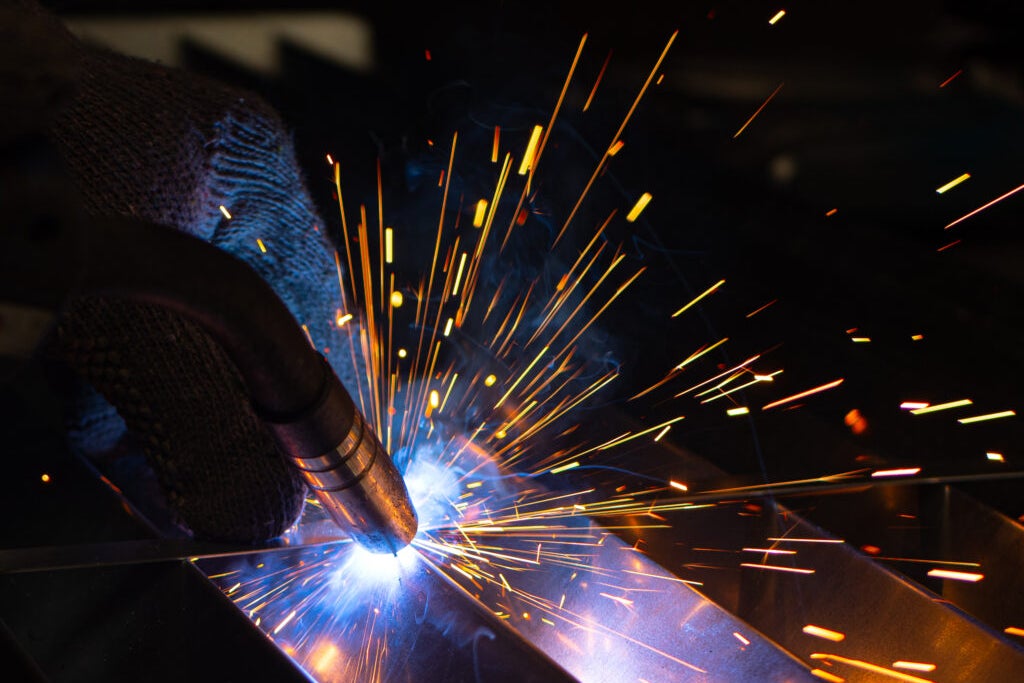Unveiling the Surprising Truth Behind ‘Made In USA’ vs. ‘Made In Asia’ Showerheads
A Texas-based entrepreneur recently conducted an eye-opening experiment comparing sales of showerheads labeled “Made In USA” versus “Made In Asia.” The results, which defied conventional expectations, revealed unexpected consumer preferences and challenged long-held assumptions about product origin and perceived quality. The study, conducted over six months in 2024, has sparked fresh discussions about globalization, branding, and buyer psychology in the home goods market.
The Experiment That Challenged Consumer Assumptions
John Mercer, founder of Dallas-based bathroom fixture company AquaFlow, designed the test after noticing inconsistent sales patterns. He offered identical showerheads—manufactured in the same Chinese factory—under two labels: one emphasizing American assembly and packaging, the other highlighting Asian production. The products were priced identically ($49.99) and sold through the same online channels.
“We expected the ‘Made In USA’ version to outperform by at least 20% based on industry wisdom,” Mercer told our publication. “Instead, the Asian-labeled product outsold its counterpart nearly 2-to-1 during the test period. This wasn’t a fluke—we repeated the experiment with different designs and got similar results.”
Consumer Psychology and the Global Marketplace
Behavioral economists suggest several explanations for these counterintuitive findings:
- Perceived value in specialization: Many consumers associate Asian manufacturing with expertise in bathroom fixtures and electronics
- Price-quality heuristics: Mid-range pricing may trigger assumptions about “imported quality”
- Branding fatigue: Overuse of patriotic marketing in some sectors may be losing effectiveness
Dr. Lisa Chen, a consumer behavior researcher at Stanford University, notes: “Our 2023 study found that for certain product categories—especially those historically dominated by Asian manufacturers—the ‘Made In Asia’ label can actually signal authenticity. Consumers have sophisticated mental maps about where specific products should originate.”
Industry Trends and Manufacturing Realities
The plumbing fixtures market tells a complex story about global production:
- The U.S. showerhead market grew 4.2% annually from 2019-2024 (IBISWorld data)
- Over 78% of all showerheads sold in America are at least partially manufactured in Asia
- High-end “artisan” showerheads (15% of market) still perform better with domestic origin claims
Mercer’s findings align with broader shifts in consumer goods. A 2024 McKinsey report revealed that 43% of American shoppers now prioritize product specifications over country-of-origin labels—up from 29% in 2019.
Quality Perceptions in the Digital Age
The experiment also highlights how online shopping changes purchasing decisions. Without physical inspection, buyers rely more on:
- Product images and specifications
- Customer reviews (averaging 4.3x more influential than origin labels)
- Detailed feature comparisons
“Digital marketplaces have rewritten the rules,” explains retail analyst Michael Torres. “A showerhead with 200 verified reviews at 4.8 stars will outsell a lesser-reviewed product regardless of its ‘Made In’ label. Consumers trust peer validation more than geographic cues.”
Environmental and Ethical Considerations
The study also uncovered generational divides in purchasing motivations:
- Baby Boomers were 37% more likely to choose the U.S.-labeled product
- Millennials and Gen Z buyers prioritized sustainability certifications over origin labels
- Shipping distance (carbon footprint) influenced 28% of respondents under 40
Environmental scientist Dr. Priya Nambiar comments: “Younger consumers increasingly view global manufacturing through a climate lens. They’ll choose an Asian-made product shipped by ocean freight over a domestically made item transported by air—the carbon math is clear.”
Implications for Businesses and Consumers
These findings suggest companies may need to rethink origin-based marketing strategies, particularly for:
- Mid-range home improvement products
- Categories where Asian manufacturing dominates
- Products targeting younger demographics
For consumers, the experiment serves as a reminder to evaluate products on their actual merits rather than assumptions. As Mercer concludes: “The best showerhead isn’t necessarily the one made closest to home—it’s the one that delivers the best performance, durability, and value regardless of geography.”
Industry observers will be watching to see if these patterns hold in other product categories. Meanwhile, smart shoppers might reconsider how much weight they give to those “Made In” labels when making their next purchase. Have you reevaluated how product origin affects your buying decisions? Share your perspective with us.
See more Business Focus Insider Team

